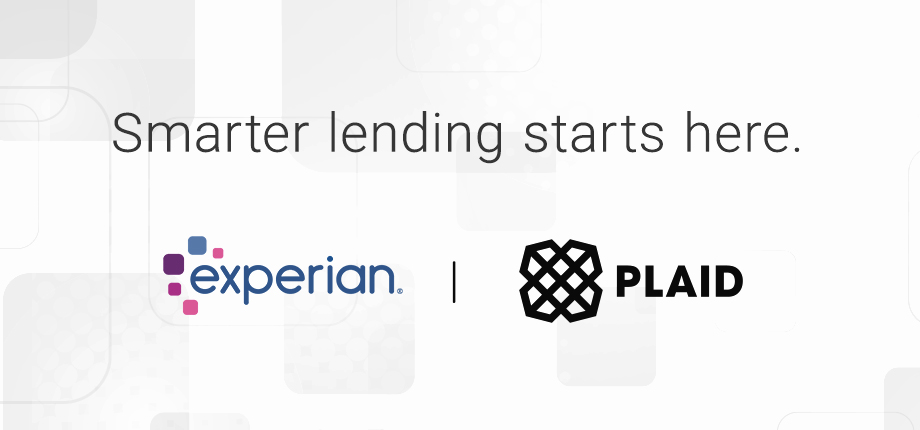Alternative Data Shedding New Light on Consumers
Why Investors Want Alternative Data
Banks and Tech Firms Battle Over Something Akin to Gold: Your Data
Alternative data for credit has created national headlines in the past year and a lasting buzz in the financial services world. But what exactly qualifies as alternative data in credit? How can it benefit lenders? Consumers?
Ask two people these questions and you may get very different answers.
Experian defines alternative data as FCRA-compliant data points that are not typically considered when evaluating a potential customer’s creditworthiness. These data points may include rent payments; utility payments, including gas, electric; telecommunications payments, such as mobile telephones; insurance payments; and any other recurring financial obligations.
Taking these alternative data points into account can benefit consumers and lenders in multiple ways.
Consider that roughly 45 million Americans have either no credit history, or a credit history that is too scarce or outdated to manufacture a credit score. This group of consumers includes not only minority consumers or those from low income neighborhoods, but also the shared economy workforce and millennials without traditional credit histories. Some estimate 121 million U.S. adults are credit-challenged with thin-to-no credit file and subprime credit scores below 600.
“People with little or no credit history, or who lack a credit score, have fewer opportunities to borrow money to build a future, and any credit that is available usually costs more,” said Richard Cordray, while he was director of the Consumer Financial Protection Bureau.
Indeed, these consumers are in a catch-22; many lenders will not lend to consumers with credit scores of under 620. In turn, these consumers have trouble building credit, and they are blocked from achieving goals like buying a car, owning a home or starting a business.
By combining credit reports with alternative data, a more complete picture of subprime, near-prime and thin-file consumers can develop. And analysis of this data can help lenders evaluate a consumer’s ability to pay.
When alternative data like rent payments and an individual’s short term lending history are trended appropriately, it can be an accurate predictor of an individual’s financial behavior, and can be an important step toward promoting greater financial inclusion for more consumers.
In addition to using alternative data in underwriting, lenders can leverage the data to help with:
- Expanding the prospecting universe. Data can be used to enrich batch prospecting decisioning criteria to identify better qualified prospects, suppress high-risk consumers, and offer a more complete borrowing history
- Account review. Alternative data can help signal a consumer’s financial distress earlier, better manage credit lines and grow relationships with existing consumers.
- Collections. Identify consumers who are rebuilding credit with specialty finance trades, or who are exhibiting high-risk behaviors in the alternative financial services space.



